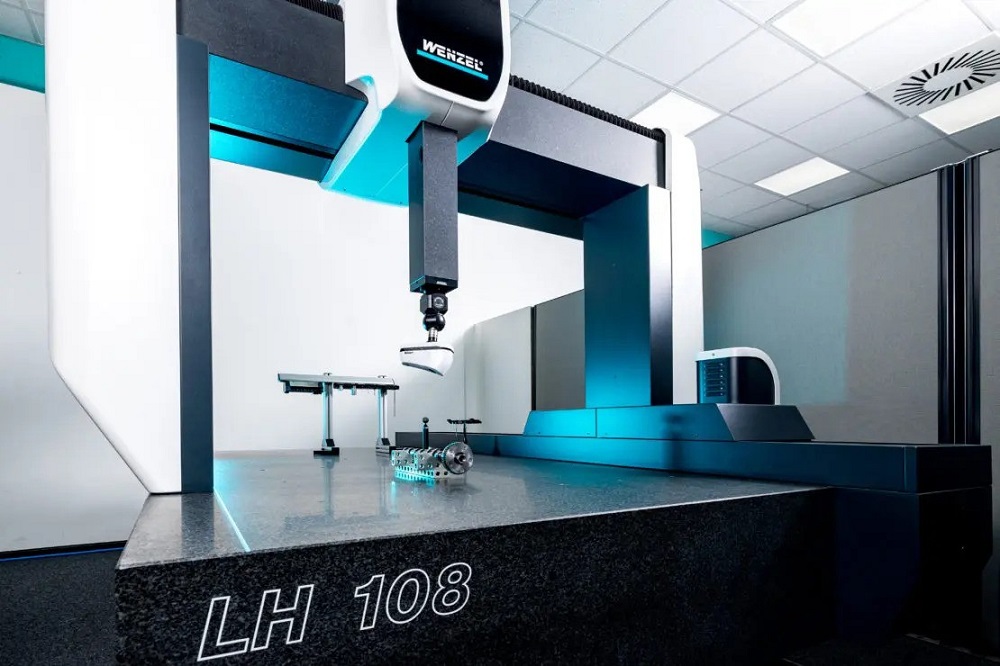Advanced Manufacturing (Sheffield) Limited (AML) manufactures high-quality precision parts including complex gas turbine components such as blades, shafts, discs, blisks and bearings. Given the nature of the industries it serves, AML’s customers require work that complies with the most stringent quality standards. For this reason, the company recently purchased a second Crysta-Apex V122010 CMM from Mitutoyo UK.
Mark Hands, AML operations director, says: “The Mitutoyo CMM ticks important boxes such as speed of use, accuracy and aftersales support.”
Mitutoyo’s recently launched Crysta-Apex V1200, 1600 and 2000 series CMMs were developed for supporting the quality evaluation of volumetric parts, offering users up to 12.8 m³ of measuring volume. The robust and flexible range is able to accept touch-trigger probes, scanning probes, and both laser and scanning probes.
Crysta-Apex CMMs make use of a proven, lightweight bridge-type construction with high rigidity air-bearings on every axis, helping to deliver accuracy alongside both high speed and high acceleration rates. ABS linear scales provide high environmental resistance and save time at start-up as, unlike some other CMMs, homing is not necessary.
The Crysta-Apex V122010 variant, as purchased by AML, provides XYZ capacity of 1200 x 2000 x 1000 mm. Therefore, in addition to handling large individual components, users are able to load large batches of smaller parts on to the machine’s bed and perform fully automated mass inspection routines.
“As previously, the staff of Mitutoyo UK carried out a very efficient CMM installation,” says Hands. “In fact, the team not only installed the new CMM, but also relocated other inspection machines at the same time. The limited the amount of downtime and disruption within our facility ensured that we maintained our operational performance to our customer base.”
More information www.mitutoyo.co.uk



















